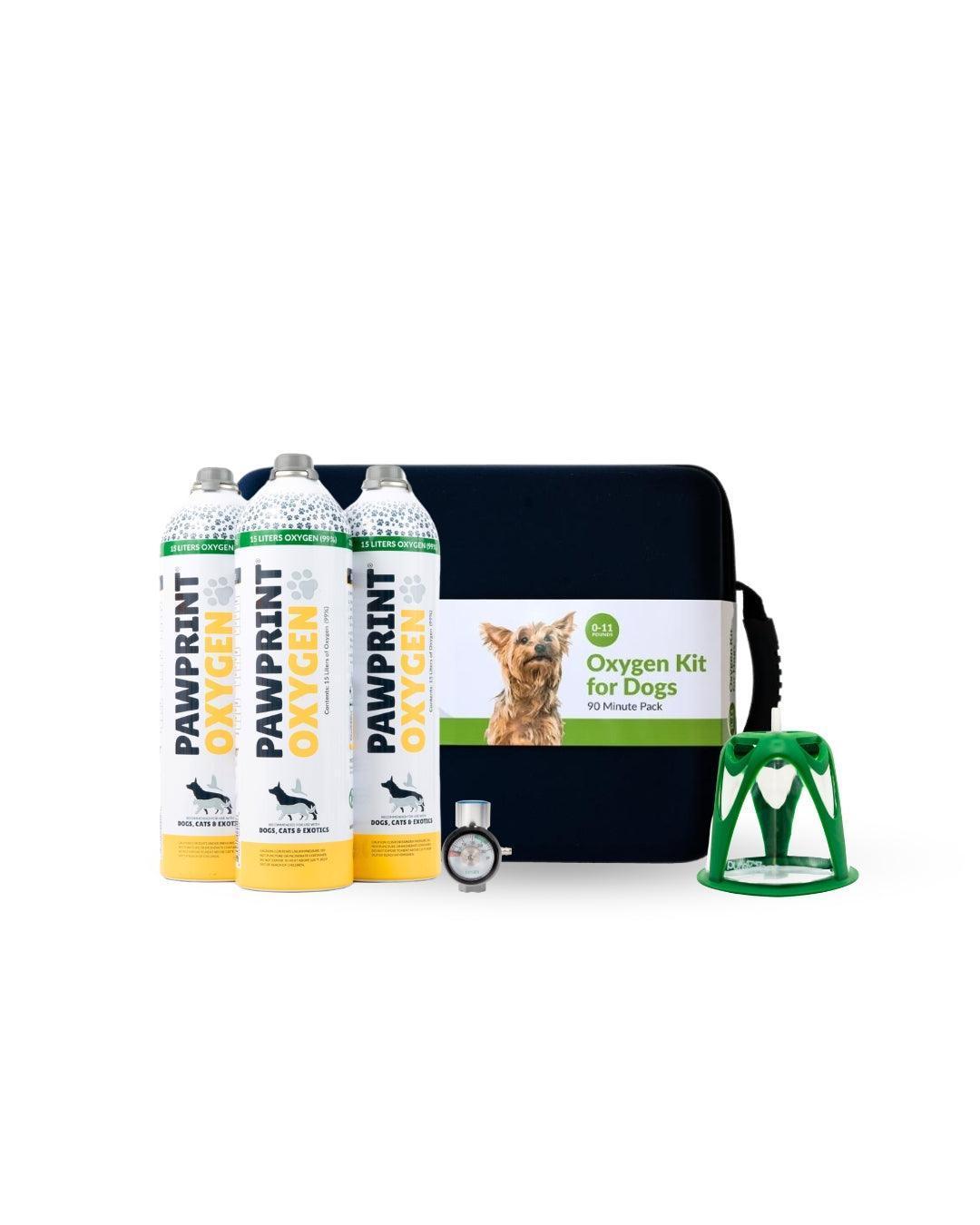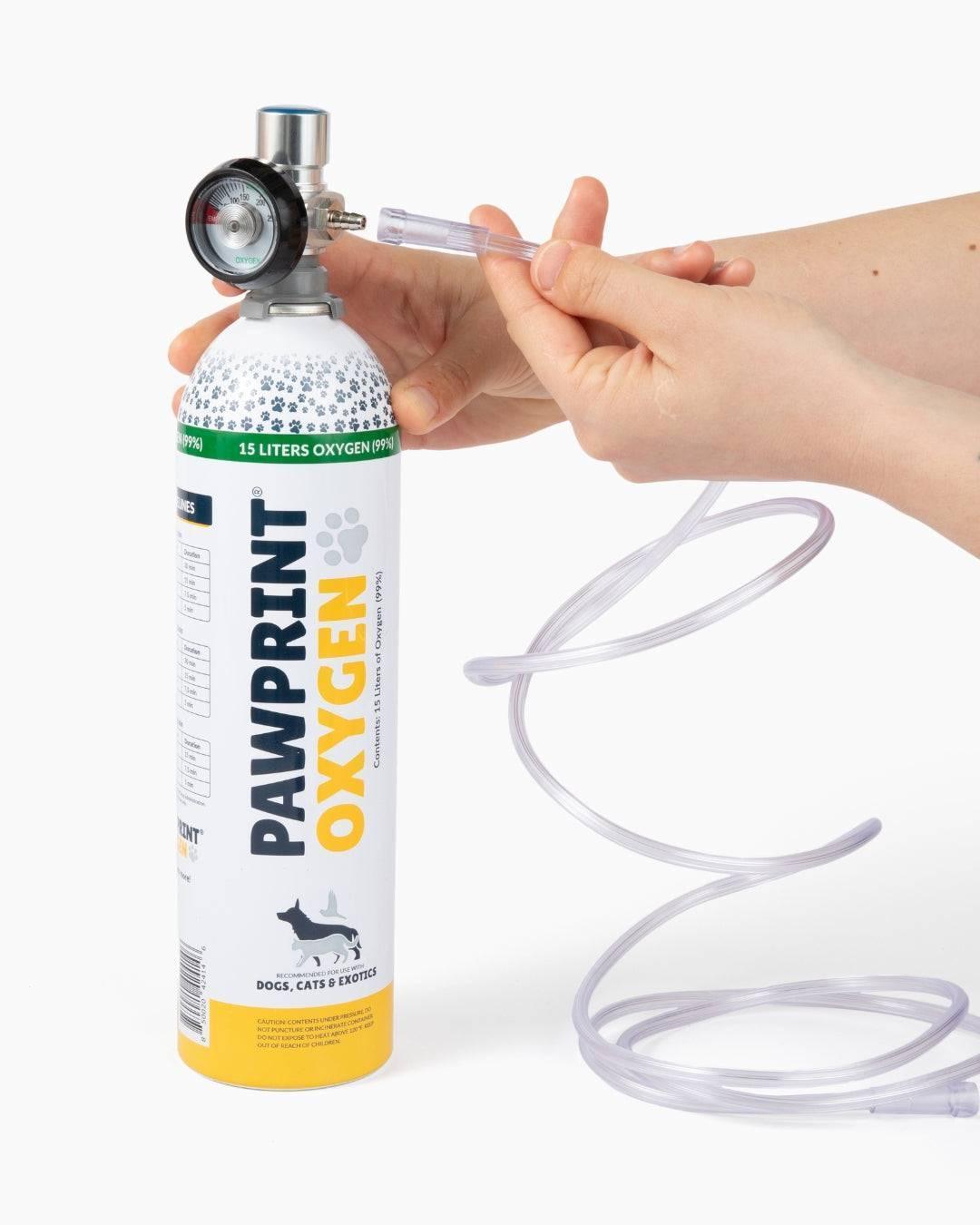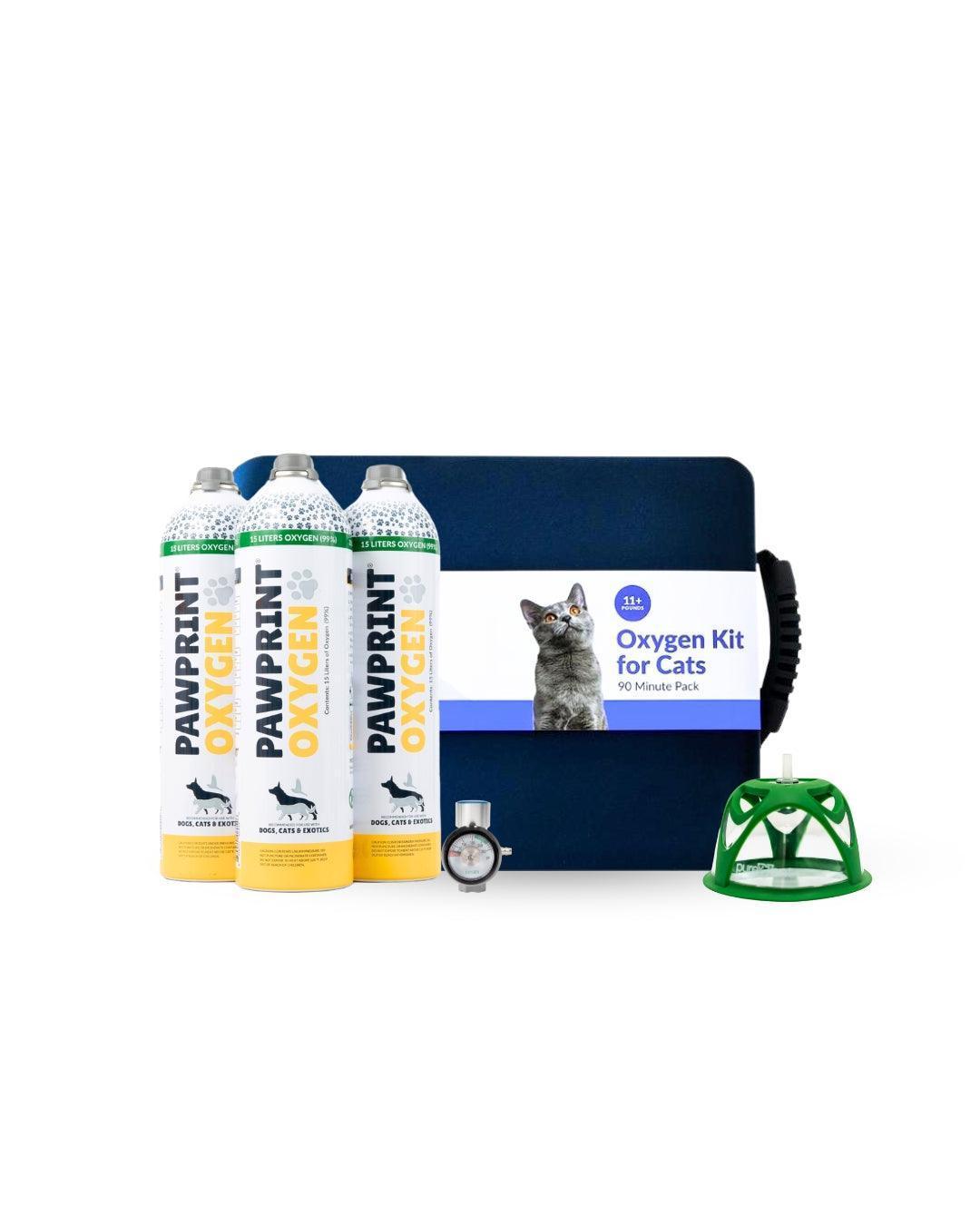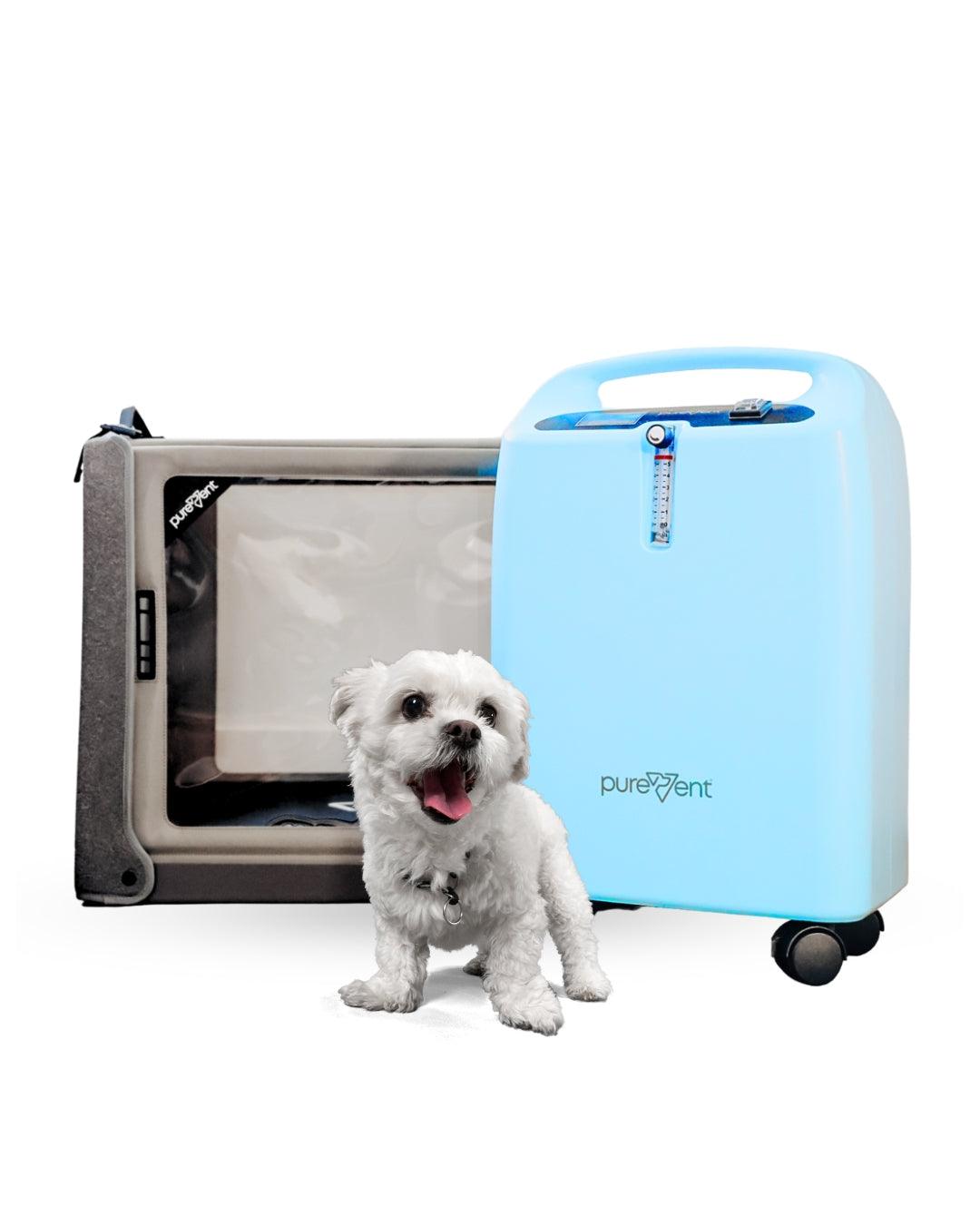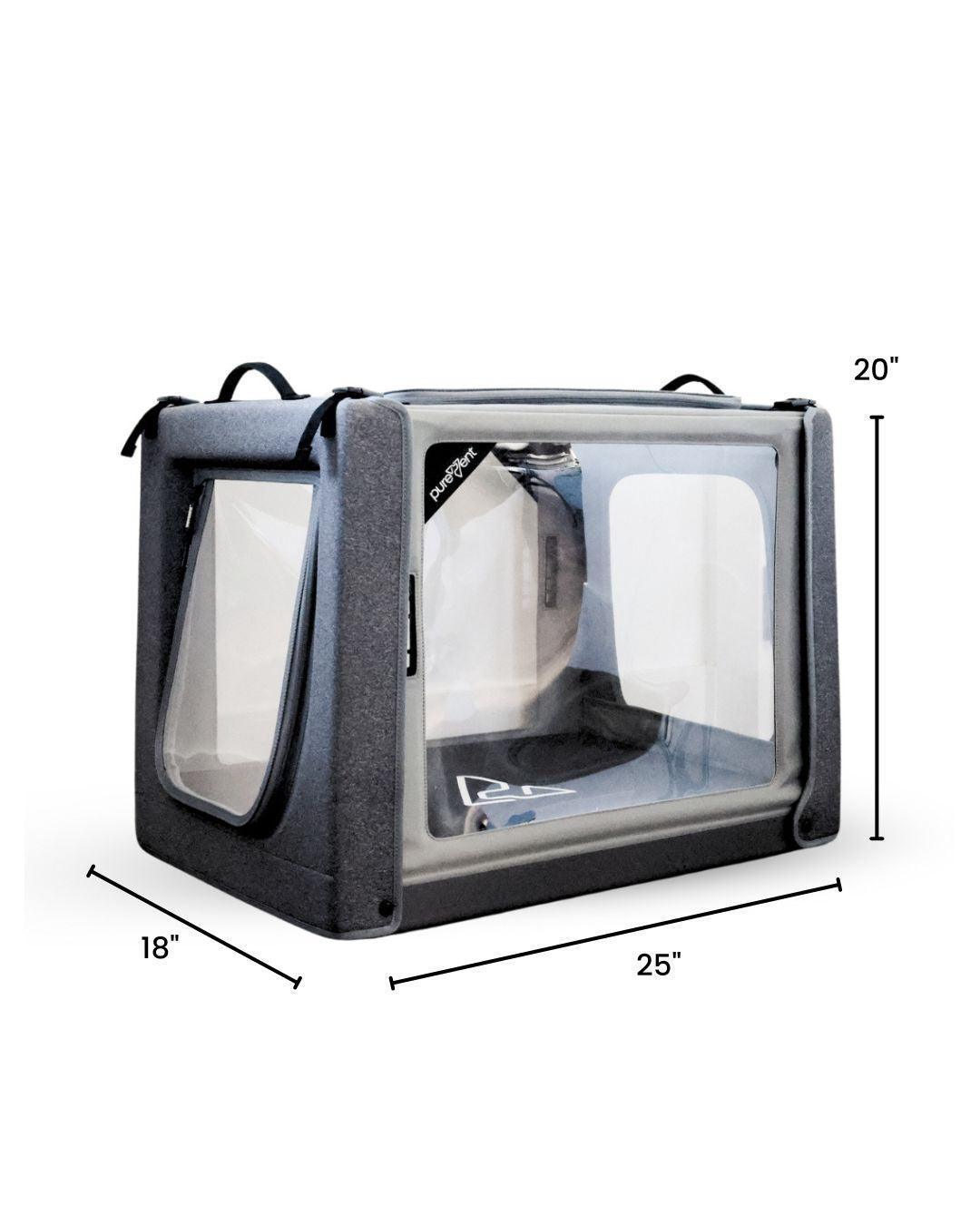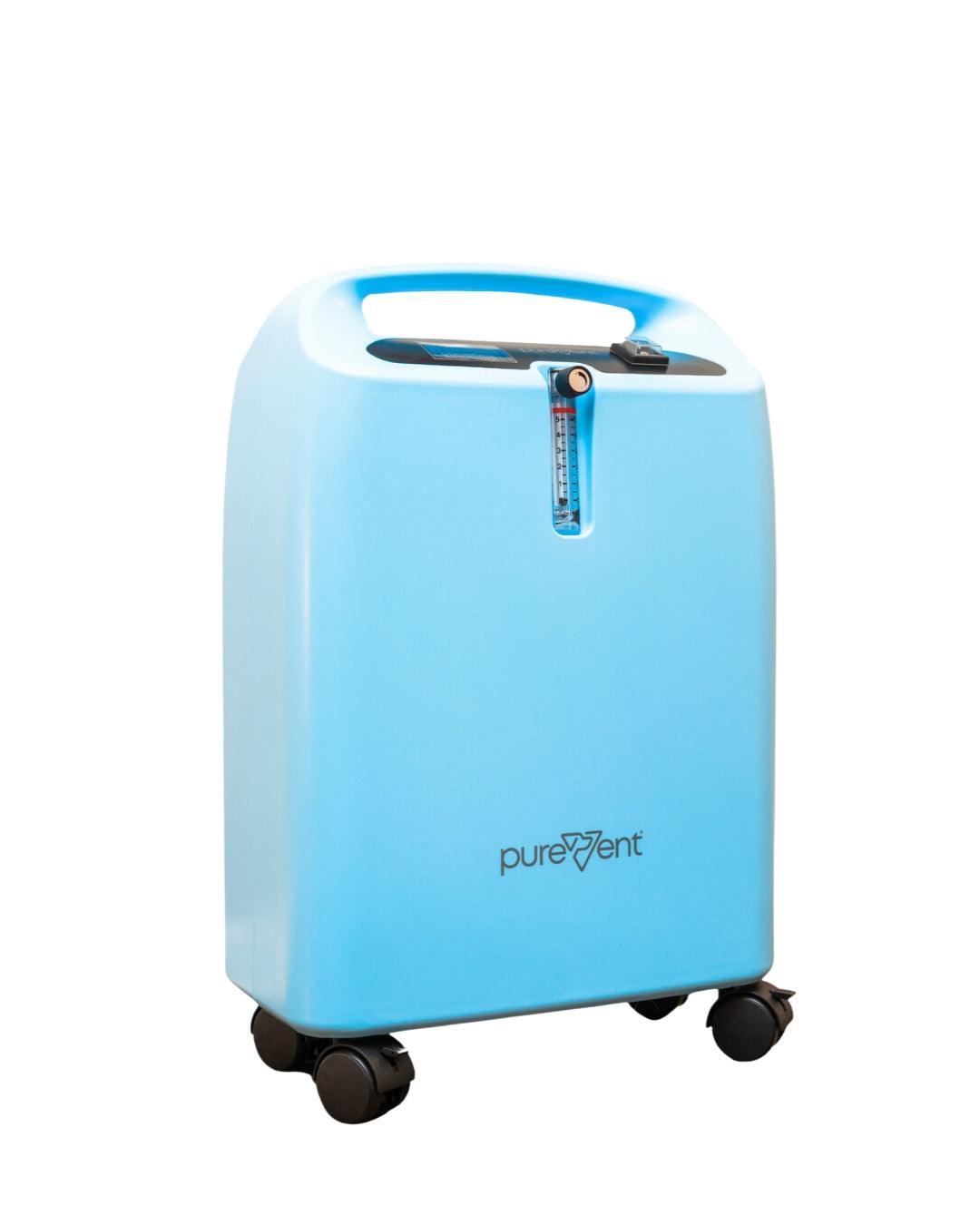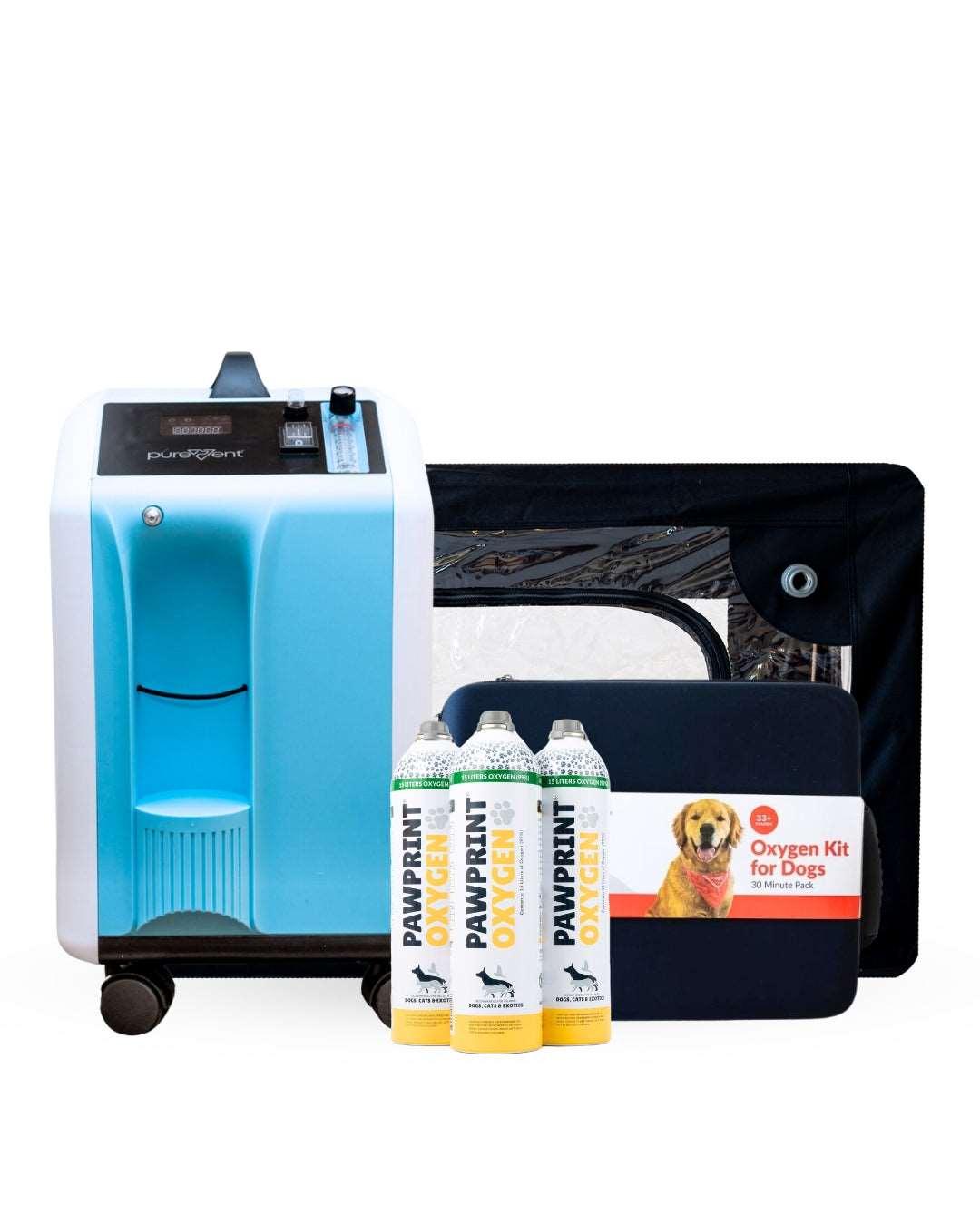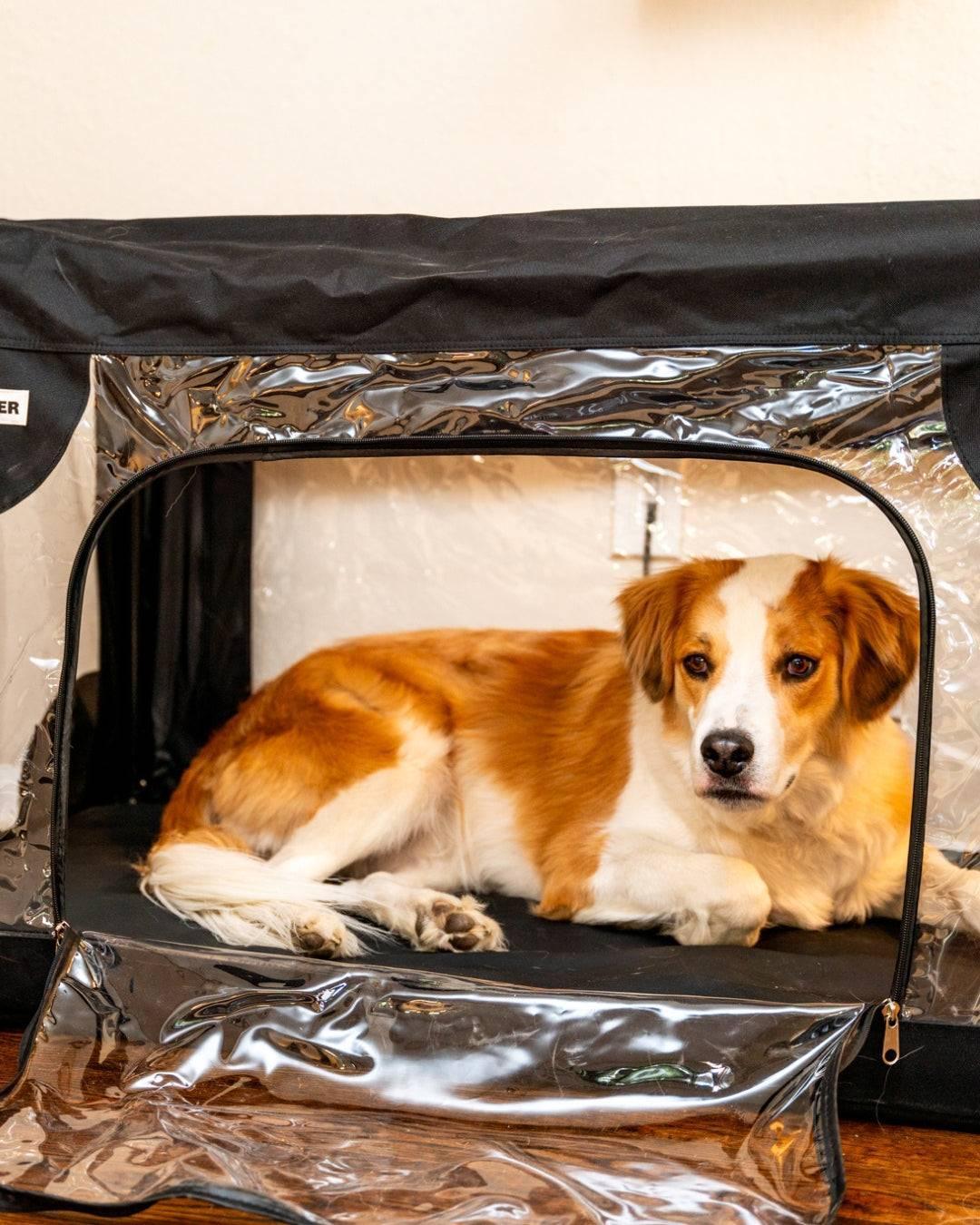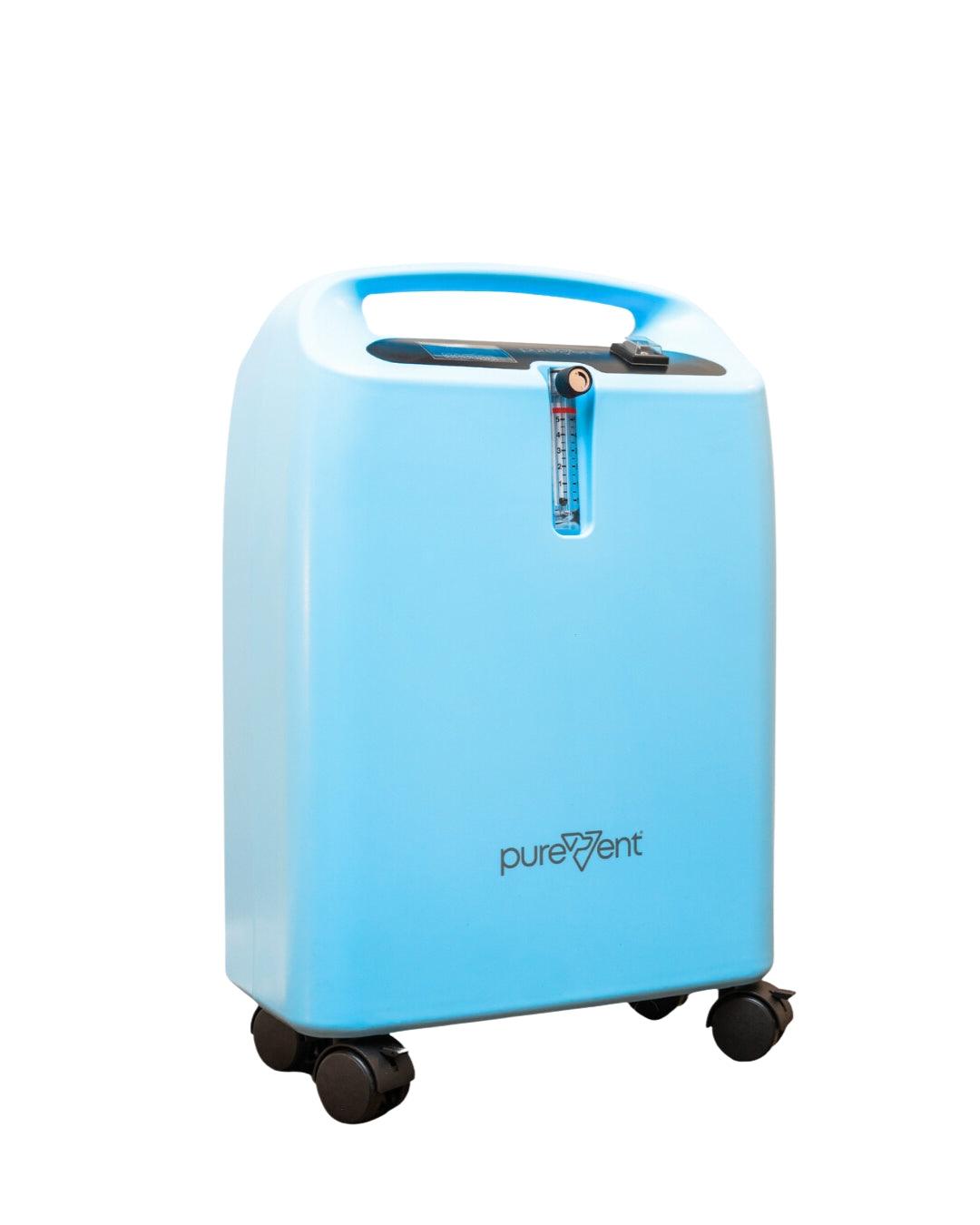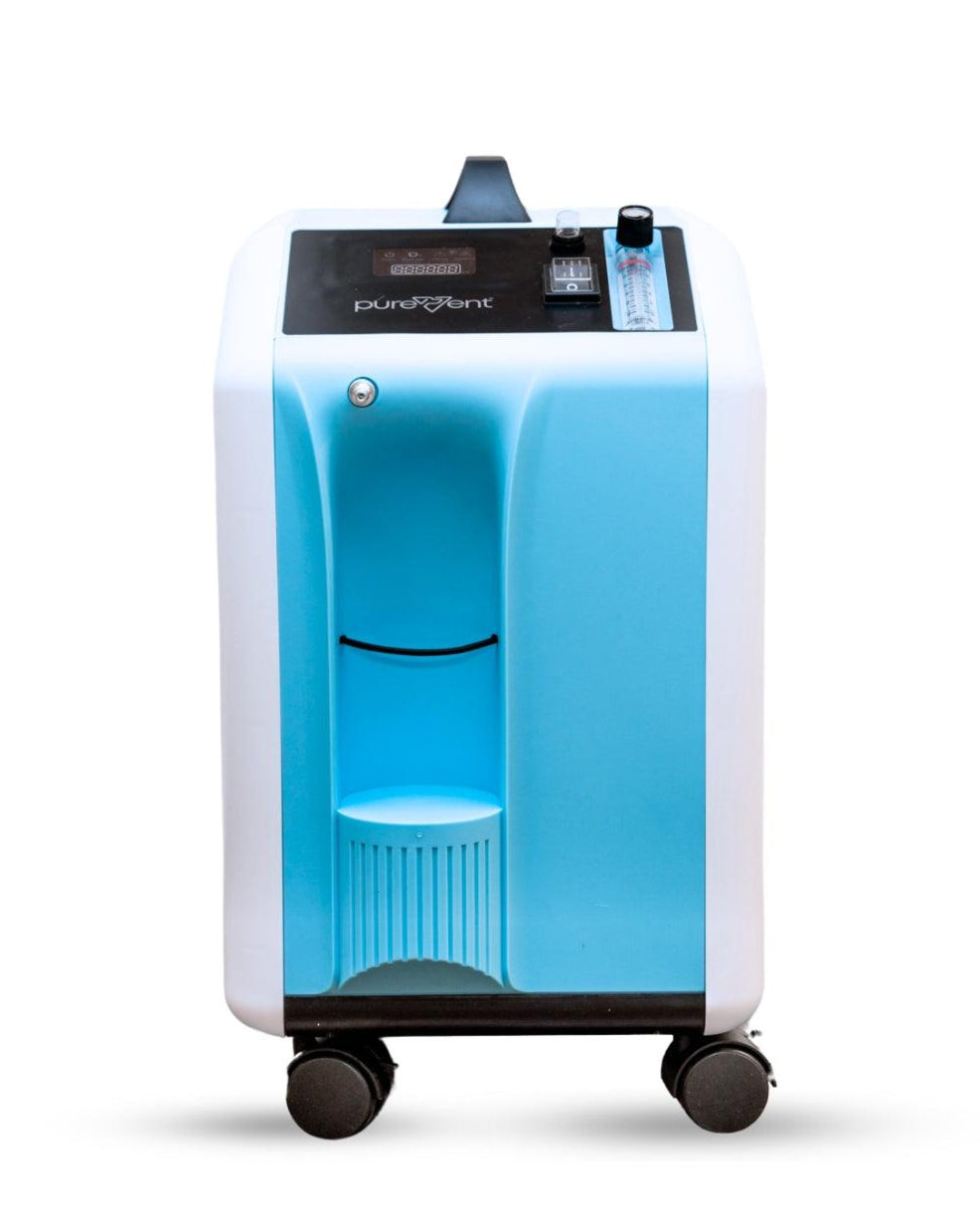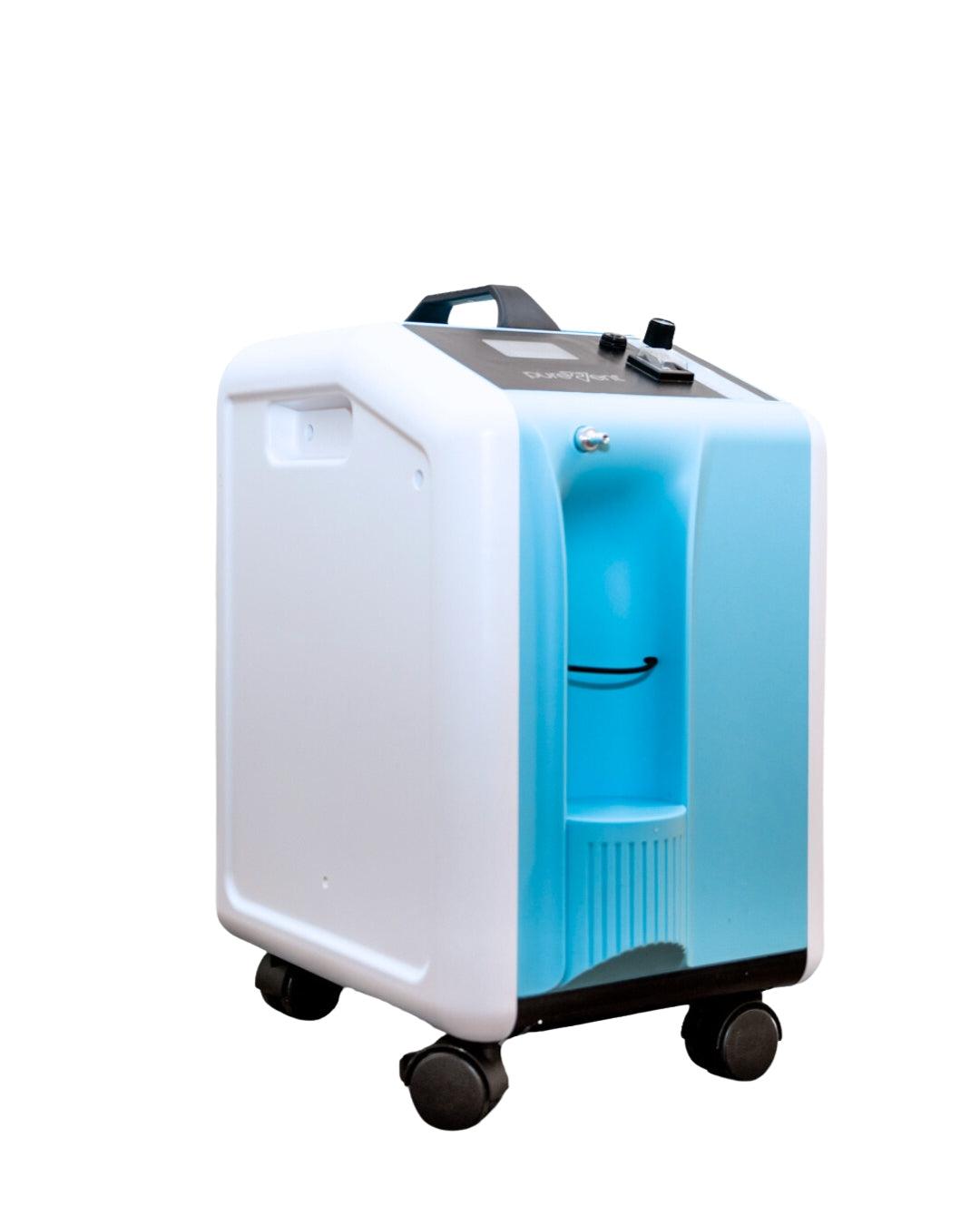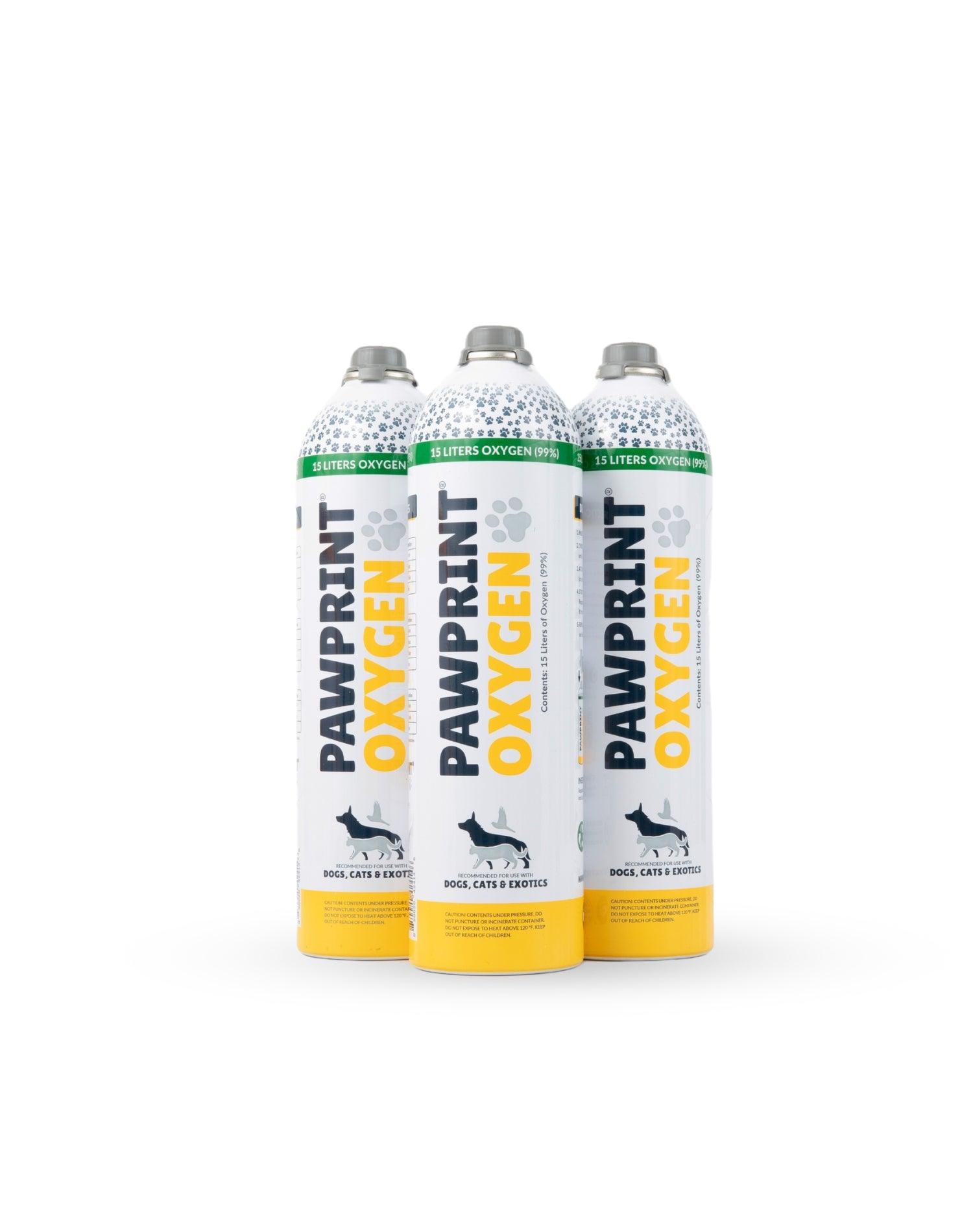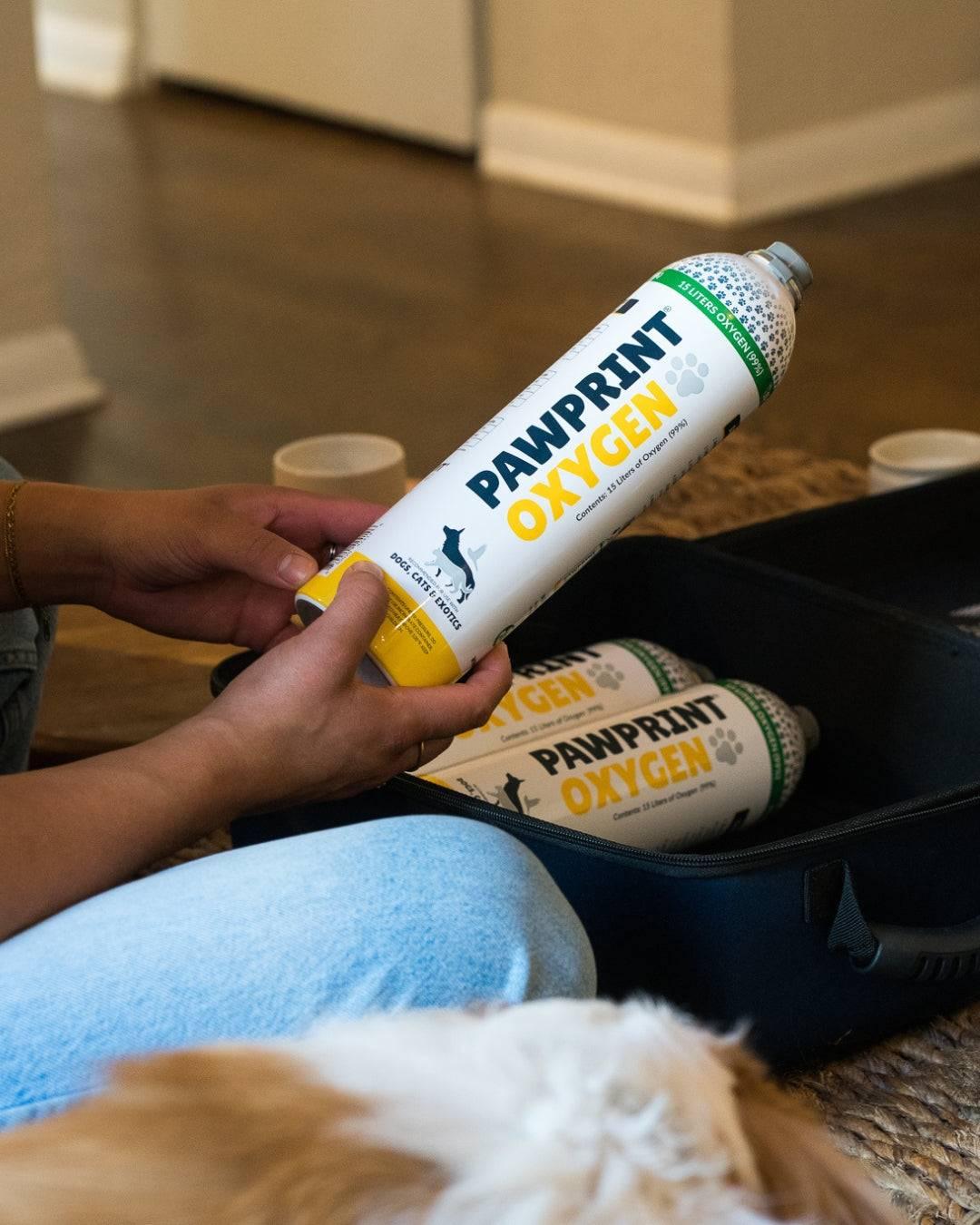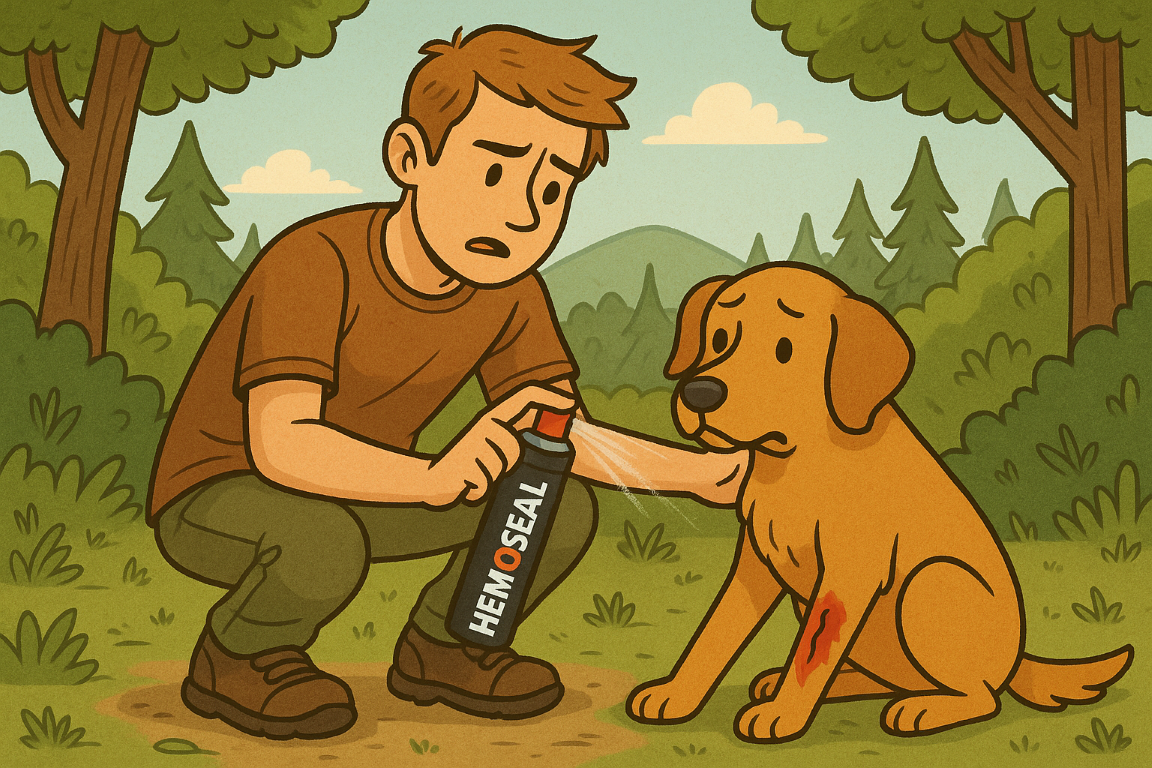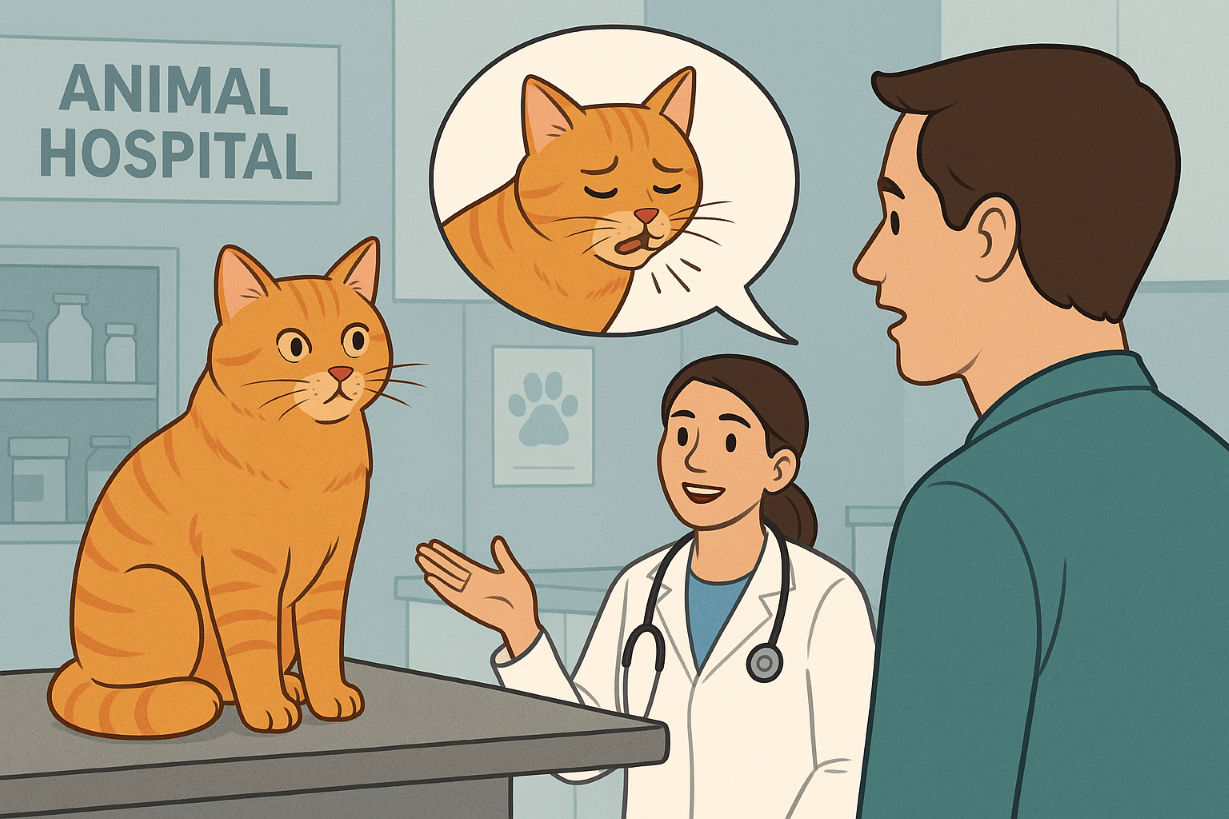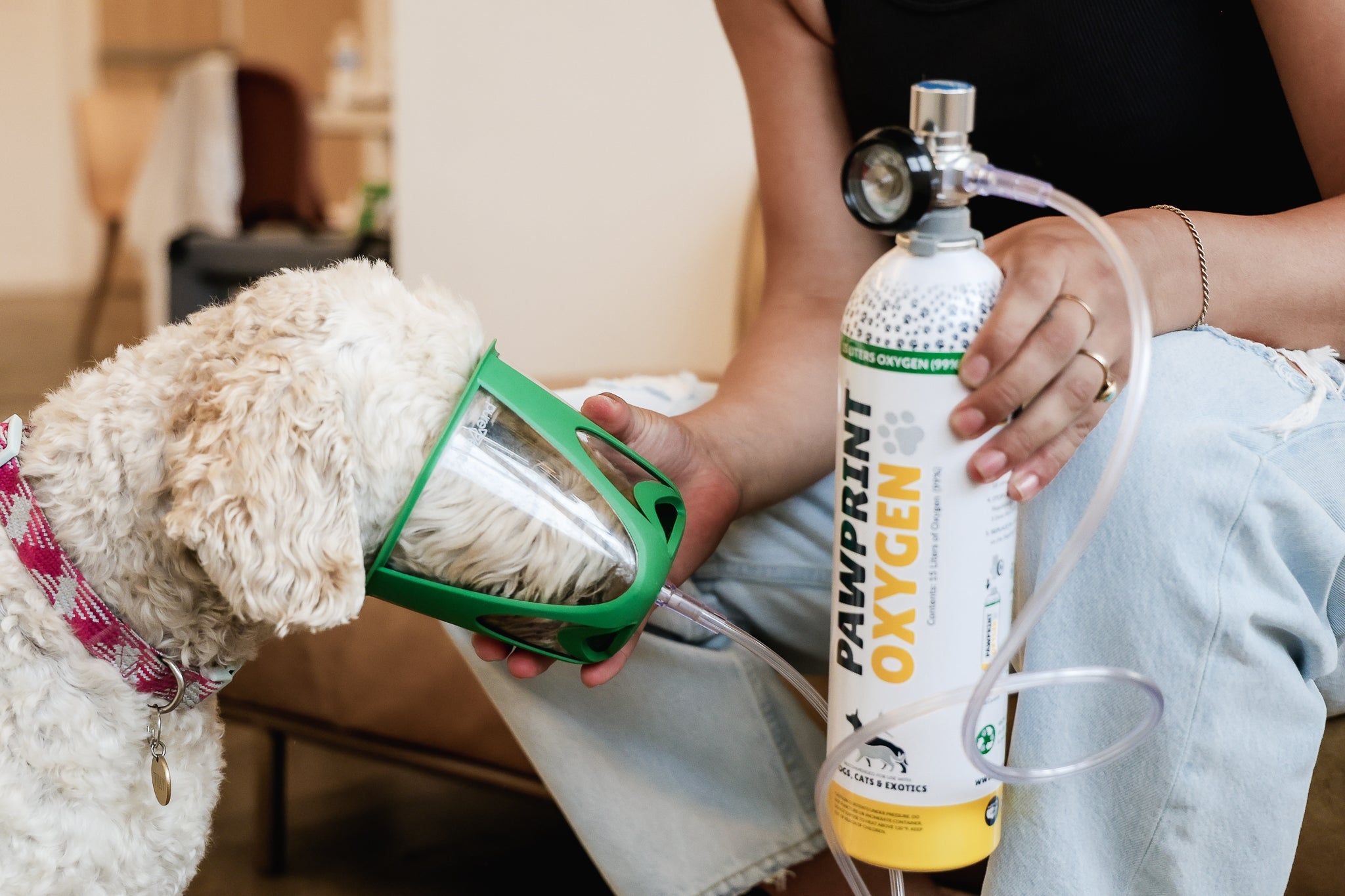As a pet owner, ensuring the health and well-being of your furry friend is a top priority. When your pet faces health challenges that require specialized treatments like oxygen therapy, the associated costs can quickly add up. Pet insurance can be a valuable resource in managing these expenses, but it’s essential to understand what treatments are covered and to what extent. In this blog, we will explore the intricacies of pet insurance coverage, focusing specifically on oxygen therapy. We’ll discuss the factors that influence coverage, the types of plans available, and tips for selecting the right policy to ensure your pet receives the best possible care without breaking the bank.
Table of Contents
Understanding Oxygen Therapy for Pets
Oxygen therapy is a medical treatment that provides supplemental oxygen to pets experiencing respiratory distress or insufficient oxygen levels in their blood. This therapy can be crucial for pets suffering from various conditions like congestive heart failure, bronchitis, and asthma, that affect their ability to breathe properly.
What is Oxygen Therapy?
Oxygen therapy involves delivering oxygen-enriched air to a pet to improve oxygen saturation in the blood. This can help alleviate symptoms of respiratory distress, improve overall well-being, and support recovery from various medical conditions. The therapy is administered using different methods, including oxygen concentrators, oxygen canisters, and specialized oxygen chambers and masks.
Conditions That May Require Oxygen Therapy
Several conditions can necessitate the use of oxygen therapy for pets, including:

What is a normal resting respiratory rate for dogs?
A healthy, resting adult dog typically has a respiratory rate between 10 and 35 breaths per minute. Smaller breeds or puppies may breathe slightly faster. If a dog's respiratory rate exceeds 40 breaths per minute while resting, it may be a cause for concern, and you should consult a vet
What is a normal respiratory rate for cats?
For cats, the normal resting respiratory rate is between 20 and 30 breaths per minute. It's important to check when your cat is calm and resting, as activity can temporarily raise the rate
How do I measure my pet's respiratory rate?
When should I be concerned about my pet's respiratory rate?
What factors can affect a dog's respiratory rate?
1. Respiratory Diseases
Conditions such as pneumonia, bronchitis, asthma, and tracheal collapse can severely impact a pet’s ability to breathe, making oxygen therapy essential.
2. Heart Disease
Congestive heart failure and other heart-related issues can lead to poor oxygenation of the blood, requiring supplemental oxygen.
3. Trauma
Injuries to the chest or lungs, such as those caused by accidents, can compromise breathing and necessitate oxygen therapy.
4. Post-Surgical Recovery
Pets recovering from surgery, especially procedures involving the respiratory system or heart, may benefit from oxygen therapy to ensure adequate oxygen levels.
5. Anemia
Severe anemia can result in reduced oxygen-carrying capacity of the blood, making supplemental oxygen necessary to maintain adequate tissue oxygenation.
Understanding Pet Insurance Coverage for Oxygen Therapy
Pet insurance policies vary widely in terms of what they cover and how much they reimburse. Understanding the specifics of your plan is crucial to ensure that oxygen therapy is covered.
Pet insurance can be a valuable asset when it comes to managing unexpected veterinary costs. Different types of pet insurance plans are available, including accident-only coverage, accident and illness coverage, and comprehensive coverage. However, it is important to understand whether pet insurance covers the costs associated with supplemental oxygen.
Determining If Oxygen Therapy Is Covered By Your Insurance
To determine if pet insurance covers the costs of supplemental oxygen, it is essential to review the policy documents and exclusions provided by your insurance provider. Some policies may specifically include coverage for respiratory conditions and related treatments. If the information is not readily available, contacting the pet insurance provider directly can help clarify the coverage details and any potential limitations.

Factors Influencing Coverage For Your Pet
Pet insurance policies vary widely in terms of what they cover and how much they reimburse. Understanding the specifics of your plan is crucial to ensure that oxygen therapy is covered.
Policy Type: Basic accident-only policies may not cover oxygen therapy unless it is needed due to an injury. Comprehensive policies that cover illnesses are more likely to include treatments like oxygen therapy.
Pre-existing Conditions: Many pet insurance plans exclude coverage for pre-existing conditions. If your pet was diagnosed with a condition requiring oxygen therapy before you obtained the insurance, it might not be covered.
Coverage Limits: Policies have different limits on coverage amounts. Some may have annual, per-incident, or lifetime caps that could affect the amount reimbursed for oxygen therapy.
Deductibles and Co-pays: The deductible is the amount you pay out-of-pocket before the insurance kicks in. Co-pays are the percentage of the treatment cost you are responsible for after the deductible is met. Understanding these costs can help you gauge the overall financial impact.
Waiting Periods: Most pet insurance policies have waiting periods for illness coverage to begin. If your pet needs oxygen therapy during this period, it may not be covered.
Tips for Maximizing Pet Insurance Coverage
To make the most of your pet insurance coverage:
- Research and compare pet insurance providers to find the one that suits your needs.
- Choose a coverage plan that includes comprehensive benefits, including coverage for respiratory conditions and treatments.
- Familiarize yourself with policy terms and conditions, including any exclusions or limitations related to supplemental oxygen.
- Regularly review and update your pet insurance policy to ensure it aligns with your pet's evolving needs.
Pet insurance offers a valuable safety net for pet owners, helping to manage unexpected veterinary expenses. When it comes to coverage for supplemental oxygen, it is crucial to review the policy documents, understand exclusions, and contact your insurance provider for clarification. By choosing comprehensive coverage that includes respiratory conditions, you can breathe easier, knowing that your pet's oxygen therapy needs may be supported. Remember to research and select the right pet insurance policy to safeguard your pet's health and well-being for years to come.





